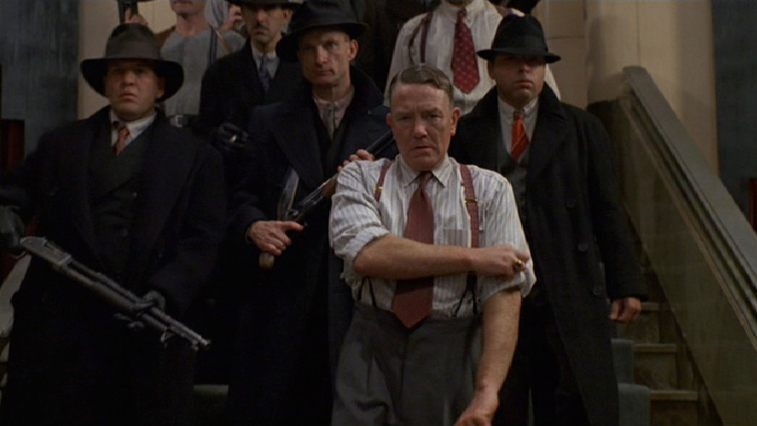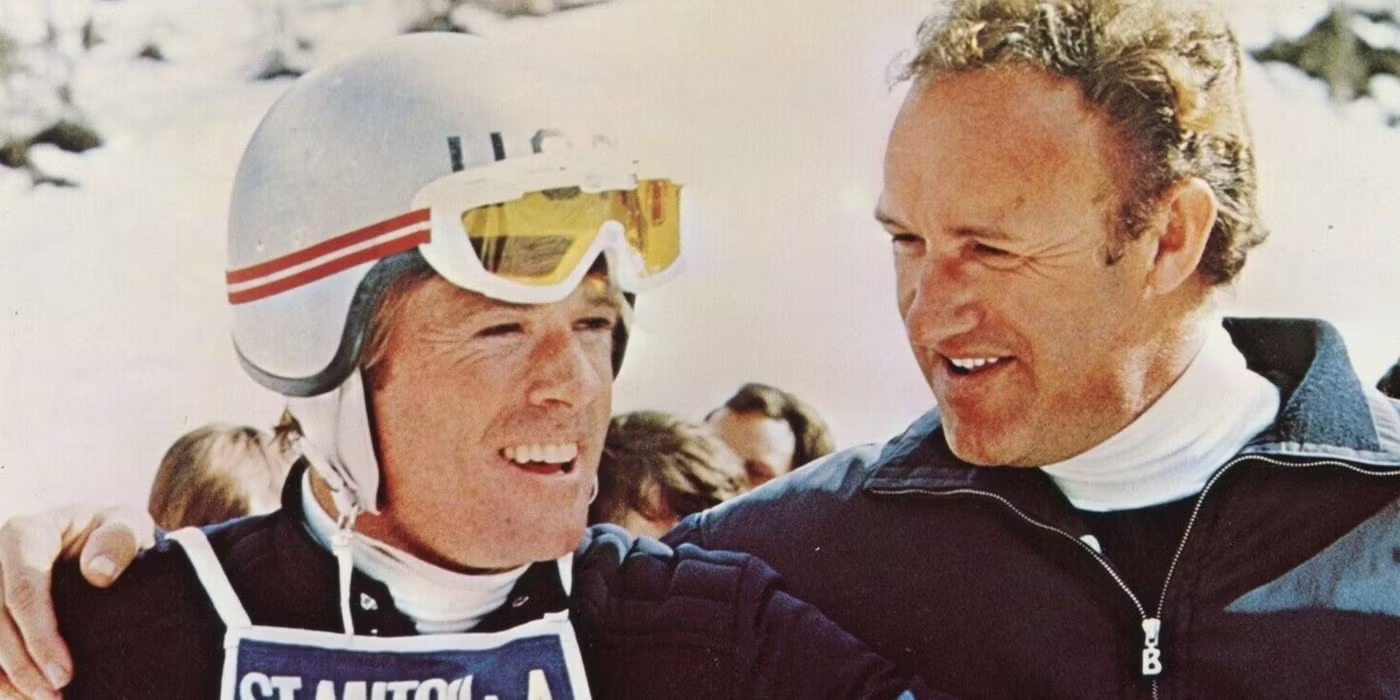
In my 2013 review of the documentary Let the Fire Burn I wrote:
Depending upon whom you might ask, MOVE was an “organization”, a “religious cult”, a “radical group”, or all of the above. The biggest question in my mind (and one the film doesn’t necessarily delve into) is whether it was another example of psychotic entelechy. So what is “psychotic entelechy”, exactly? Well, according to Stan A. Lindsay, the author of Psychotic Entelechy: The Dangers of Spiritual Gifts Theology, it would be
…the tendency of some individuals to be so desirous of fulfilling or bringing to perfection the implications of their terminologies that they engage in very hazardous or damaging actions.
In the context of Lindsay’s book, he is expanding on some of the ideas laid down by literary theorist Kenneth Burke and applying them to possibly explain the self-destructive traits shared by the charismatic leaders of modern-day cults like The People’s Temple, Order of the Solar Tradition, Heaven’s Gate, and The Branch Davidians. He ponders whether all the tragic deaths that resulted should be labeled as “suicides, murders, or accidents”.
While it arguably wasn’t as self-destructive, Japan’s “Aum” cult shared many similar traits, and was no less lethal. If you’re as ancient as me, you may recall the 1995 nerve gas attack on Tokyo’s subway system that resulted in 13 deaths and thousands of injuries. This shocking incident introduced the world to a bizarre spiritual sect hitherto unknown outside of Japan.
In an engrossing (albeit disturbing) new documentary called Aum: The Cult at the End of the World, co-directors Ben Braun and Chiaki Yanagimoto paint a “couldn’t make this shit up” portrait of leader Shoko Asahara tantamount to a Bond villain’s origin story (replete with his rejection as a child, seething hatred of society, secret laboratories, evil plans, kidnappings, assassinations, and the inevitable stockpiles of weapons of mass destruction).
The story of Aum follows a trajectory that has become depressingly familiar. The sect was founded in 1983 by Chizuo Matsumoto (who changed his name to Shoko Asahara). Asahara’s original philosophy was centered on yoga, meditation, and self-enlightenment.
That didn’t last.
By the mid-80s, Asahara was getting extensive coverage in high-circulation Japanese occult magazines; this helped spur a sizeable youth following. A canny self-promoter, Ashara seized on this and over the next several years published a series of books and produced anime that portrayed him as having supernatural powers (including the ability to levitate). He even trekked to Tibet with the express purpose of arranging a photo-op with the Dalai Lama.
In the cult hierarchy, members who were scientists and chemists were at the top (which makes a sick kind of sense in hindsight). As the number of followers grew, so did Asahara’s increasingly draconian rules. As journalist Shoko Egawa points out, members were directed to forgo earthly possessions, money, the enjoyment of good food, etc., as such trifles were roadblocks to spiritual enlightenment. The Aum tenets praised not sleeping, not eating, even not changing clothes. The communal diet was “Aum food”, which one former member describes as “boiled vegetables with no flavor at all…rice and natto, day after day.”
Yum.
The turn to the dark side occurred circa 1989. In the film, journalist Andrew Marshall (who co-authored a book about the cult) observes “By 1989 the stock market had peaked and Japan was really entering this period of economic stagnation, and possibly cultural and political stagnation as well, and I think what was about to happen was a symptom of that.”
In 1989, a man began photographing suspicious activities by a “weird group” of people who “suddenly showed up” in his small village of Kammikushiki, which is nestled near the foot of Mt. Fuji. The newcomers were reticent to interact with the villagers, and hostile to any inquiries. They set up a compound containing some unusual equipment (including gas tanks and chemical barrels), and over time were regarded as “bad neighbors” due to non-stop construction noise and loud chanting emanating day and night. When Marshall was poking around, he discovered they also had a “massive Russian helicopter” parked on their premises.
The story gets weirder, and the bodies start piling up even before the Tokyo subway terror attack made international headlines. Equally troubling to learn is how the Japanese media characterized the sect as “silly” and colorful (perfect fodder for a kicker at the end of the newscast, but nothing worth a deeper investigative dive, despite many red flags over time),
As I was watching the film, I was looking at all the footage of this guy and just not seeing the appeal, although thousands of his devoted followers would surely beg to differ. One observer helpfully offers, “No matter what they asked him, he gave them an immediate answer.” (does that remind you of anybody?).
As Woody Allen says in Manhattan, after meeting his girlfriend’s highly-lauded ex-husband, the “little homunculus” portrayed by Wallace Shawn, “It’s amazing how subjective all that stuff is.” Maybe that’s what lies at the the crux of why I’m endlessly fascinated by cults. As I wrote in my 2012 review of Paul Thomas Anderson’s drama The Master:
What he has crafted is a thought-provoking and original examination of why human beings in general are so prone to kowtow to a burning bush, or be conned by an emperor with no clothes; a film that begs repeated viewings. Is it a spiritual need? Is it an emotional need? Or is it a lizard brain response, deep in our DNA?
As Inspector Clouseau once ruminated, “Well you know, there are leaders…and there are followers.”
The best hope for humankind is that, at some nebulous point in (whatever time is left of) our future, we will finally learn the lessons of history and stop repeating the same stupid, stupid mistakes.
(In theaters now; available on all rental platforms March 28th).
Previous posts with related themes:
Of mad kings, death cults, and Altman’s Secret Honor
Looking for something to watch? Search the archives at Den of Cinema
— Dennis Hartley













































































